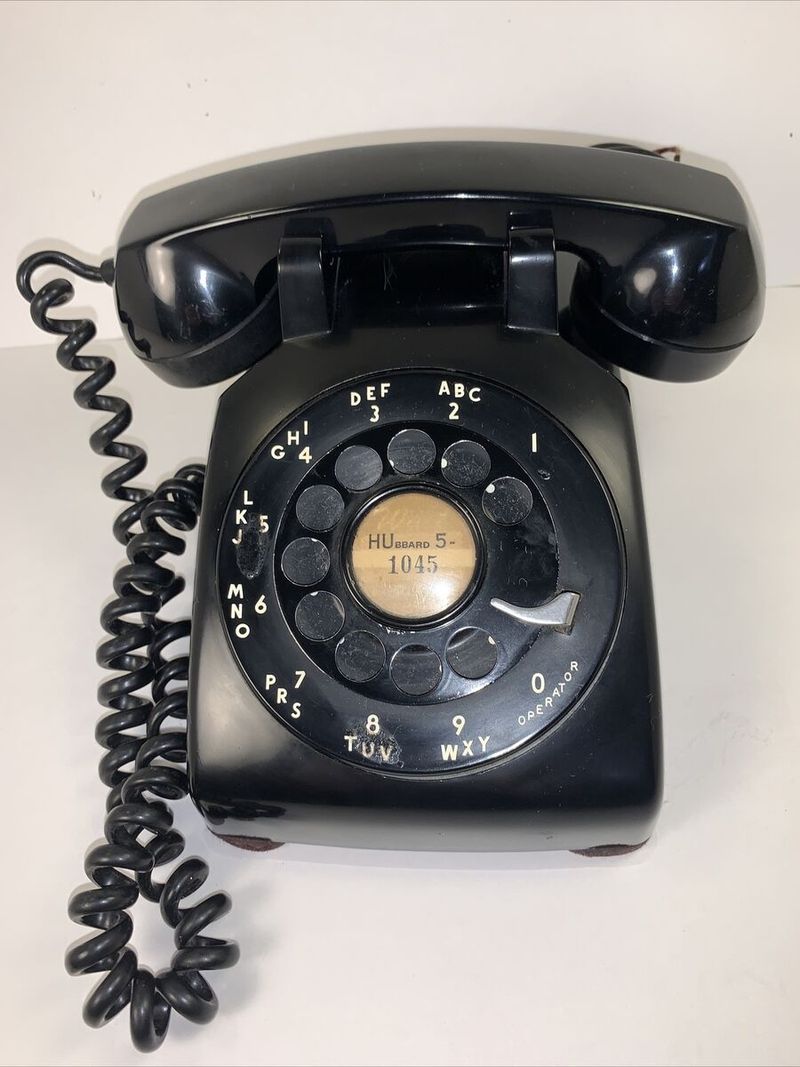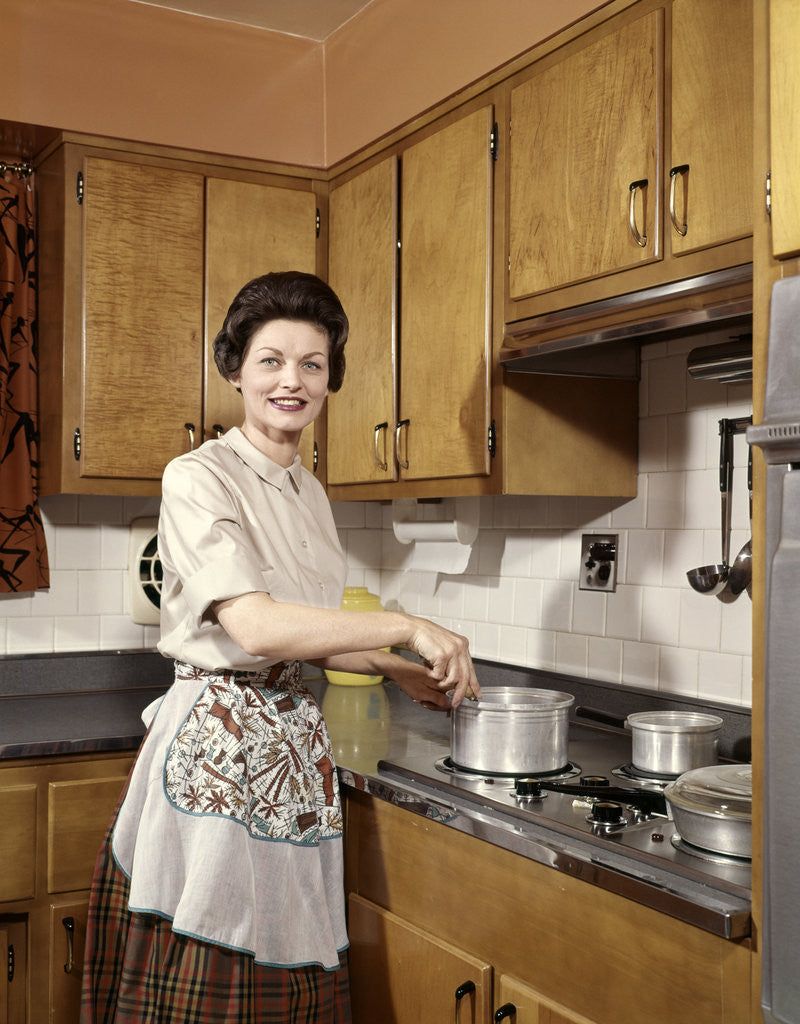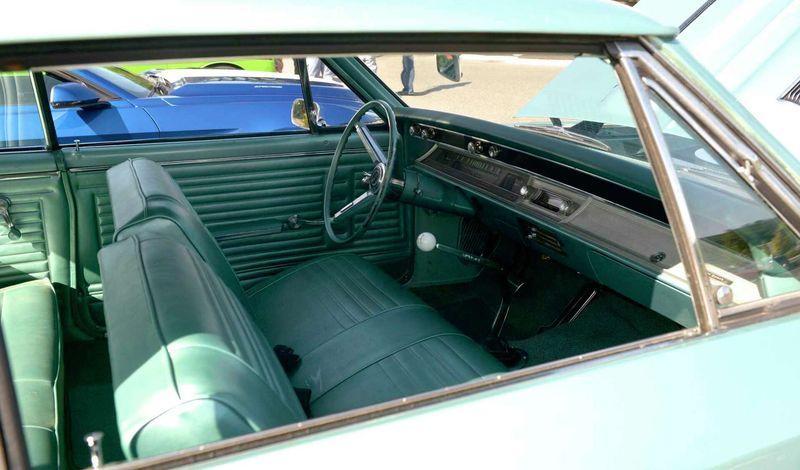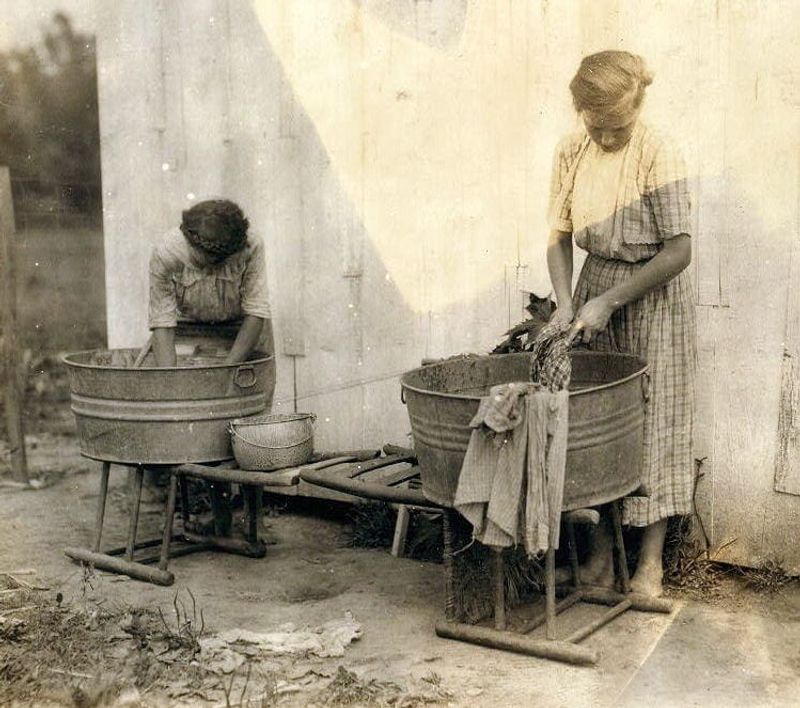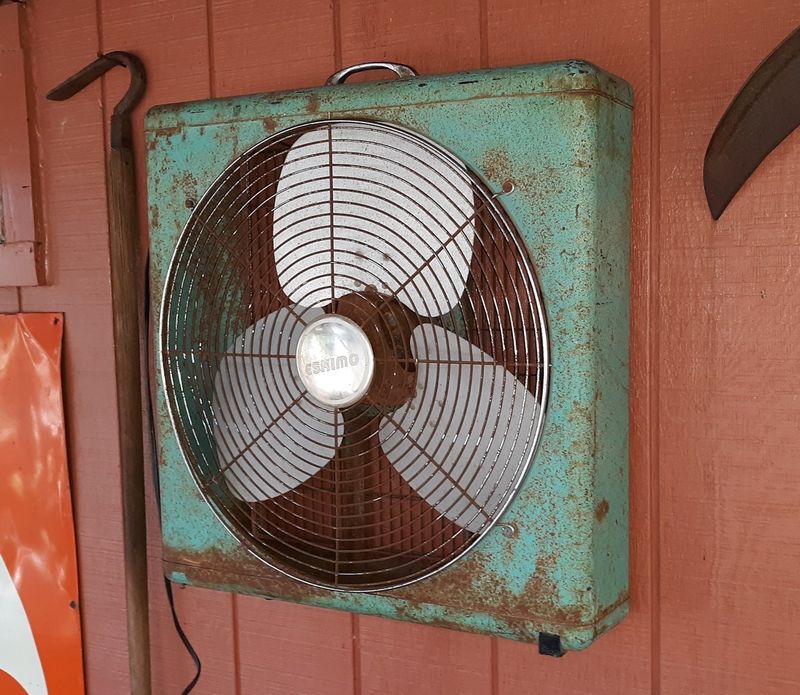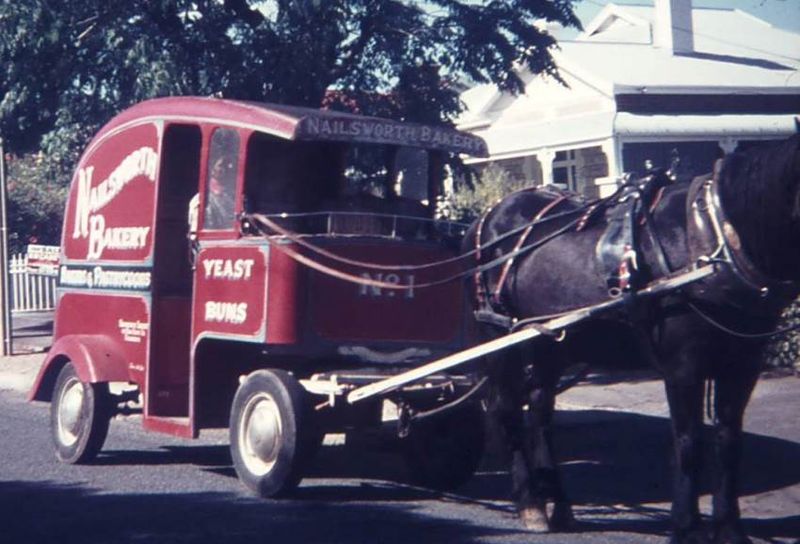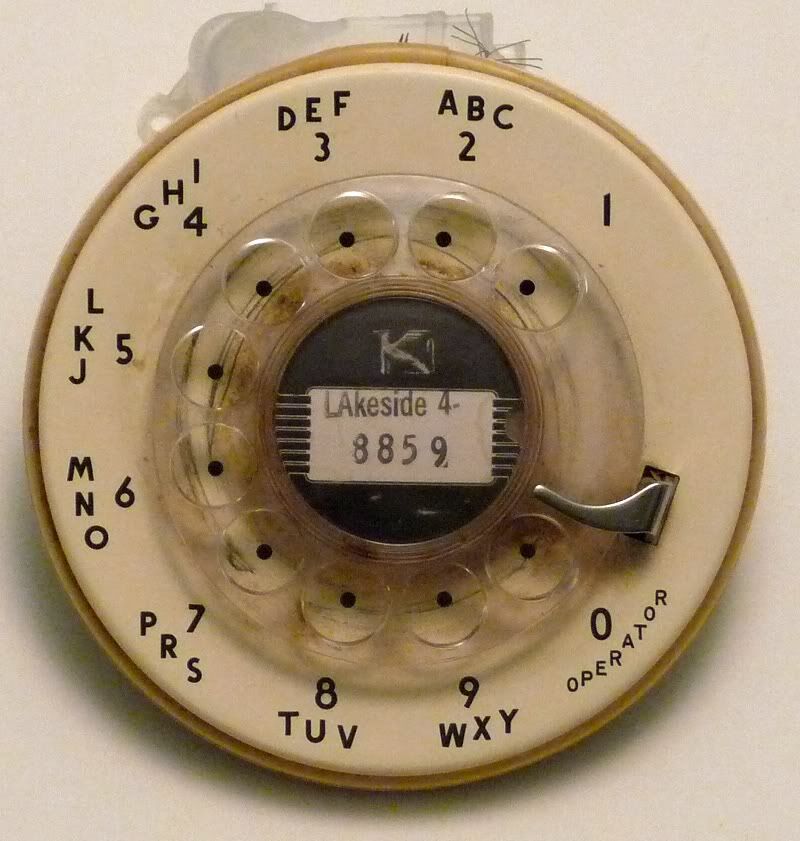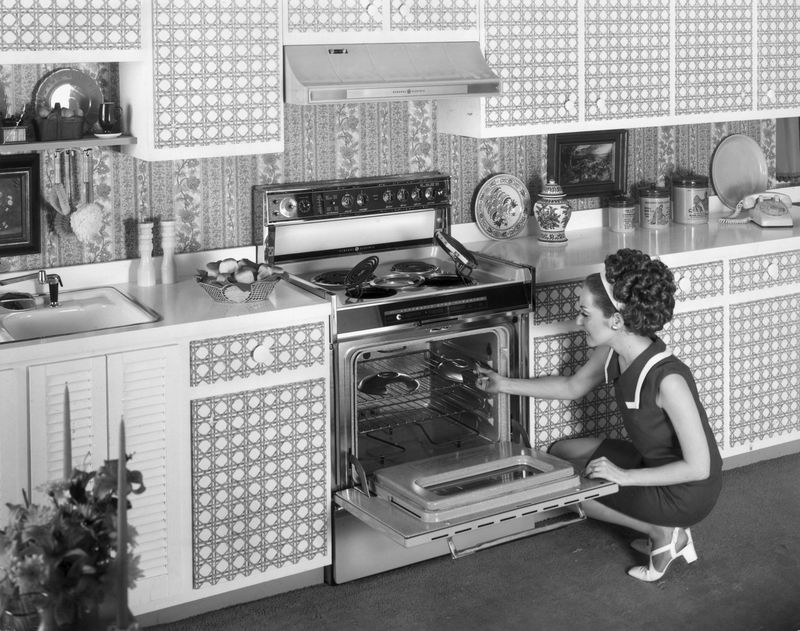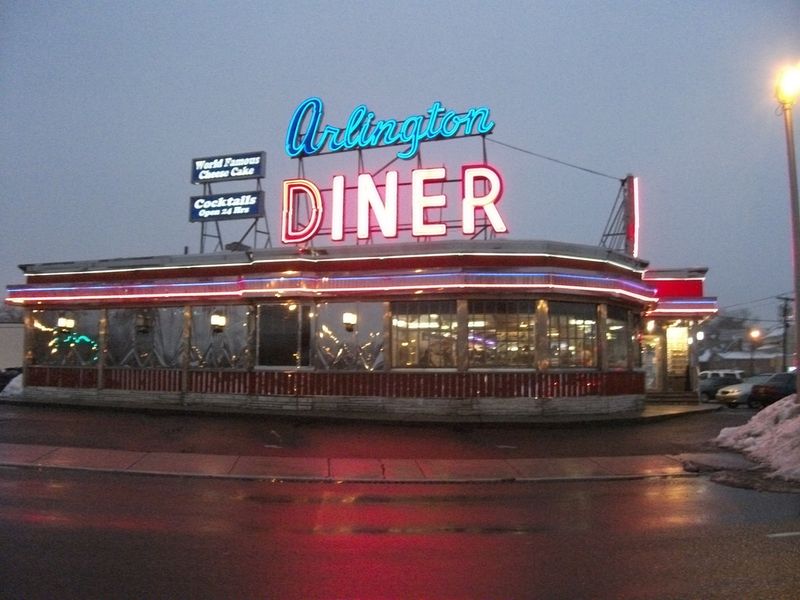Embark on a captivating journey through the 1960s, a time when life was starkly different from today. Imagine a world devoid of the internet, where communication was primitive and conveniences were few. This era, brimming with charm and challenges, shaped a generation resilient in the face of basic living conditions. From the absence of modern technology to distinct social norms, the 1960s demanded adaptability and grit. Let’s explore 15 aspects of this decade that a staggering 87% of modern individuals might find hard to endure.
1. No Internet (Or Even Computers in Homes)
In the 1960s, families gathered around radios and read newspapers to catch up on world events. There were no smartphones or laptops, and computers were bulky machines found only in corporate or governmental settings.
2. Only 3-4 TV Channels (And They Signed Off at Midnight)
Television in the 1960s was a far cry from today’s streaming services. Families had access to only a few channels, and programming came to a halt at midnight. As the national anthem played, the screen faded to a test pattern. No binge-watching, just anticipation for the next day’s broadcast.
3. Rotary Phones & Party Lines
Communication was a deliberate task. Rotary phones required patience as you dialed each number. Privacy was scarce, with party lines allowing neighbors to listen in on conversations. The absence of instant messaging and caller ID made each call an event in itself.
4. No Microwave Ovens
Cooking required more effort and time. Reheating leftovers meant using the stove or consuming food cold. Microwaves hadn’t yet become a kitchen staple. This meant more planning and less convenience, especially for those with busy lifestyles.
5. Manual Everything (Car Windows, Typewriters, Lawn Mowers)
In the 1960s, automation was a luxury. Car windows required manual cranking, typewriters demanded physical effort, and lawn mowers needed to be pushed with elbow grease. Everyday tasks demanded more physical labor and time, embodying a slower-paced life.
6. Smoking Everywhere
Cigarette smoke was a ubiquitous part of daily life in the 1960s. Whether in restaurants, airplanes, or even hospitals, the air was often thick with smoke. Smoking was socially accepted and less regulated, permeating every public and private space.
7. No Seatbelts (Or They Were Ignored)
Road safety was not a priority for many. Although cars were equipped with seatbelts, they were often ignored. The carefree attitude towards automobile safety reflected a broader cultural ethos of risk-taking and free-spirited living.
8. Hand-Washing Clothes or Using a Wringer Washer
Laundry was a labor-intensive chore. Automatic washers were not universally available, leading many to wash clothes by hand or use a wringer washer. These methods demanded time and physical strength, making laundry day a significant household event.
9. No Air Conditioning (Or Only Window Units)
Summers were hot and sticky. Many homes lacked central air conditioning, relying instead on fans and open windows. Window units were a luxury, and some chose to sleep on porches to escape the heat, showcasing the era’s adaptability and resilience.
10. Milk & Bread Delivered by Horse-Drawn Carts (In Some Places)
In some communities, tradition lingered in the form of horse-drawn deliveries. Milkmen delivered fresh milk in glass bottles, and bread was a staple. This quaint routine connected neighborhoods and added a charming touch to daily life.
11. No ATMs—Banks Closed by 3 PM
Financial transactions required planning. With banks closing early and no ATMs, accessing cash demanded foresight. This constraint imposed a disciplined approach to money management, reflecting a slower, more deliberate rhythm of life.
12. No Caller ID (Or Even 69)
Mystery shrouded phone calls in the 1960s. Without caller ID or call return features, unanswered calls left one guessing. Communication was less immediate, fostering patience and curiosity about the person on the other end.
13. Gender Roles Were Strictly Enforced
The 1960s upheld rigid gender norms. Women were often homemakers, while men were the primary earners. This division was reflected in media and social expectations, shaping the domestic and professional landscape.
14. No Fast Food (At Least Not Like Today)
Eating out was a different experience. Fast food was in its infancy, with limited options and no drive-thrus. Dining was slower, encouraging families to savor meals together, a stark contrast to today’s fast-paced culinary world.
15. Doctors Made House Calls (But Medicine Was Shockingly Primitive)
Healthcare had a personal touch, with doctors making house calls. However, medical advancements were limited. Treatments were basic, and technologies like MRIs were nonexistent. This combination of personal care and primitive methods marked healthcare.



